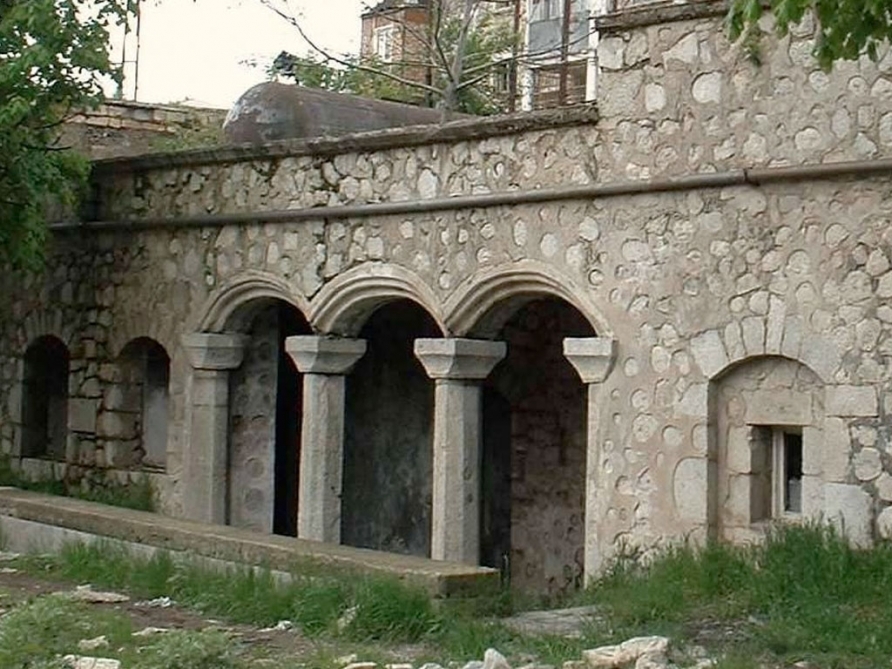ID :
624670
Tue, 03/15/2022 - 09:59
Auther :
Shortlink :
http://m.oananews.org/index.php//node/624670
The shortlink copeid
Shusha baths – centuries-old preserved Azerbaijani tradition

Baku, March 15, AZERTAC
According to Muslim traditions, every quarter cities had to have a public bath. Therefore, in Old Shusha there must have been no less than seventeen baths. Water was taken from usual wells and was very salty. The central bath, where potable water was used, was called Shirin su hamami (bath of sweet water). It was constructed by skillful builders and was very economic. Old inhabitants of Shusha believed that water in its boiler was warmed up by one single candle.
The bath of Abdul Samad bey was one of the first baths constructed in Shusha. It is possible to judge its antiquity and popularity by the fact that the quarter, where it was located, was subsequently called in its honour - Hamam gabaghi mehellesi.
In Old Shusha there were also other famous baths, such as the bath of Ughurlu Bey, located in the district of Ashaghi Bazaar, and the bath of Gazi Mirza Agha in the Lower Meydan. Baharli, in one of his well-known historical works mentioned that Rustam Bey, Bahman Mirza, Haji Abdurahim, Haji Rza and Agha Kishi had two baths each.
In the Shusha public baths, there were separate days of bathing for men and women. The majority of baths consisted of a bathing hall with spacious niches, where people could have a rest and drink tea after the bath, and a dressing room.
Baths played a special role in the life of women. According to the laws of Shariah, if a husband did not let his wife into a bath, she had a right to divorce. Only in a bath women could easily discuss problems with their friends, only here they could show themselves and look at others, demonstrate new clothes and jewels. People used to choose a bride for a son in baths. Often baths were used for presenting a girl and organizing the ceremony of wedding ablution. The ceremony was accompanied with music; relatives and friends used to sing, dance and eat sweets. Sometimes baths were closed and people organized sports competitions called zorkhana in them.
Most of the baths’ interior and exterior was also painted with battle and hunting scenes, fighting scenes of pehlevans and illustrations to the works by Nizami, Firdousi and other classical writers of the Azerbaijani and Persian literature.





